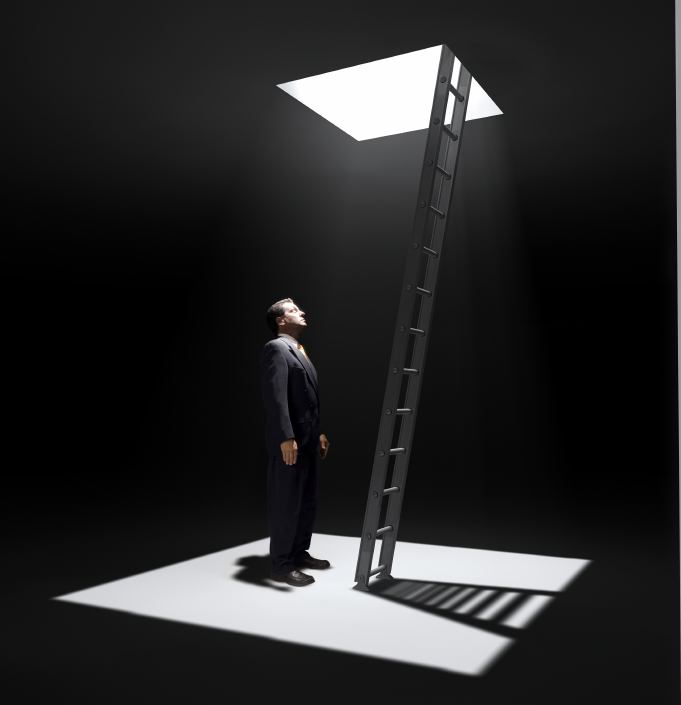 Are your student loans in default? If so you aren’t alone. Default rates on student loans are at their highest rate in decades. Once a student loan is considered in default you run the risk of wage garnishment, lawsuits, and loss of tax refunds.
Are your student loans in default? If so you aren’t alone. Default rates on student loans are at their highest rate in decades. Once a student loan is considered in default you run the risk of wage garnishment, lawsuits, and loss of tax refunds.
Further, if you need to lower your monthly payment the programs that allow this require that your loan not be in default. Before I go into the ways to get your student loans out of default let’s go over the rules that determine if your student loan is actually in default.
How Do I Know If My Student Loan is in Default?
The first thing you need to know is whether your student loan is a federal loan or a private loan. Many people think that if they read “Sallie Mae” on their monthly statement that the loan must be federal. Not true. Sallie Mae is involved in both private and federal loans.
The best way to get all the information you need on your federal student loans is to go to National Student Loan Data System (NSLDS) website. This is the official Department of Education website that give you a complete history of federal student loans. If the loan is not listed on this website it is very likely a private student loan.
If you have federal student loans you will be considered in “default” on the loan once you fall behind 270 days – 270 days with no payments will put you in default.
If you have private student loans the terms found in the loan documents will tell you when default occurs – but it is most likely going to be considered in default on day 1 of you missing a payment.
Options for Getting Your Federal Student Loan Out of Default
If your federal loan is in default you really have two options to get it out of default: consolidation or rehabilitation.
Consolidation – student loan borrowers can consolidate their defaulted student loans into a new loan with a repayment plan tied to their income. Not only will consolidation bring your loans out of default, once complete you will be eligible for new federal loans and deferments. And one of the best things about consolidation is that your loans will no longer be listed as in default on your credit reports.
Rehabilitation – you can also bring your student loans out of default through the process of rehabilitation. Rehabilitation requires that you make nine payments within the next ten months. The payment must be “reasonable and affordable” based upon your current financial situation. Once you complete the nine payments your loan will be taken out of default, you will again be eligible for new federal loans, and your credit report will no longer show the loan as in default.
Watch Out for the Collection Fee!
While both consolidation and rehabilitation are great ways to bring your loans out of default, they come at a price. Under both options you will be assessed an 18.5% collection or cure fee based upon the amount of loans owed. So for instance, if you owe $20,000 in student loan debt and you want to rehabilitate or consolidate the loan you would be assessed a fee of $3,700.
While it is never fun to have more money piled on, leaving your loans in default is not a good option.
If you want to go over your specific student loan situation give me a call. I am happy to meet with you and discuss your options, put together a plan, and help you implement it.
Schedule a Free Consultation!
 John Skiba, Esq.
John Skiba, Esq.
We offer a free consultation to discuss your debt problem and help you put together a game plan to eliminate your debt once and for all. Give us a call at (480) 420-4028
